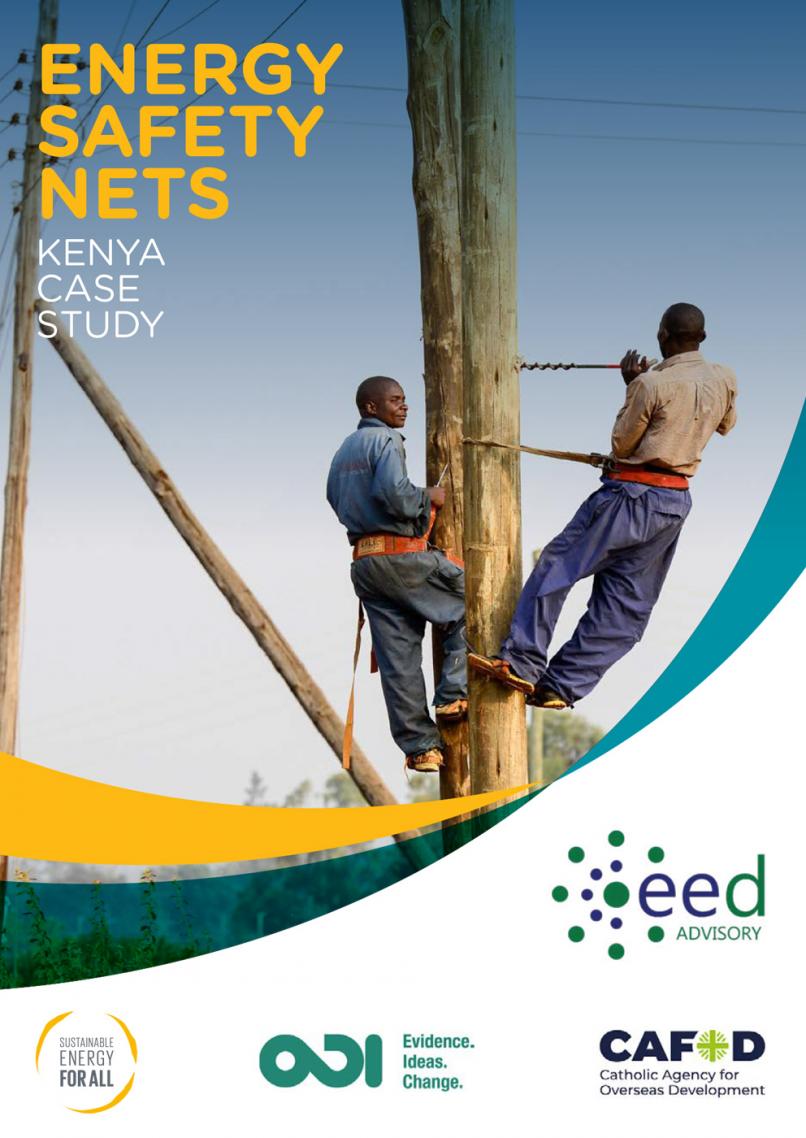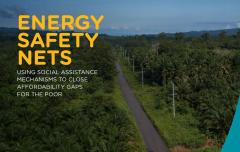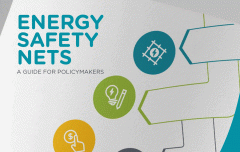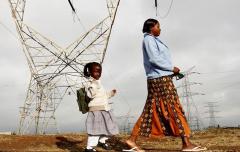Energy Safety Nets: Kenya Case Study
This Energy Safety Nets: Kenya Case Study presents research findings from literature review and case studies to build on the understanding of the opportunities and challenges in using targeted subsidies or social assistance measures to enable very poor people to access modern energy services.
This study explores the background to the introduction of the social assistance mechanisms, their institutional and procedural characteristics, evidence of their impact and effectiveness in relation to energy access for different social groups, and challenges to their delivery and effectiveness. Through qualitative analysis, the report highlights an understanding of the degree to which different mechanisms have been successful while identifying the need for further experimentation, innovation or research.
The overall objective of the research is to provide guidance for policy and decision-makers, notably for government personnel, by identifying measures that have been successful in enabling very poor people to access modern energy services, exploring the reasons for their success and challenges encountered.
This country case study – like the other five, covering Brazil, Ghana, India, Indonesia and Mexico – seeks to answer four research questions:
- What policy measures have been used in Kenya to enable very poor and marginalized people to access and use modern energy services?
- How effective have these measures been in enabling the poorest social groups to access and use modern energy services?
- What links have there been/are there between these measures and wider/other social assistance programs?
- What changes could be made to enhance the effectiveness of existing policy measures in enabling very poor people to access modern energy services?
See also: Energy Safety Nets series




